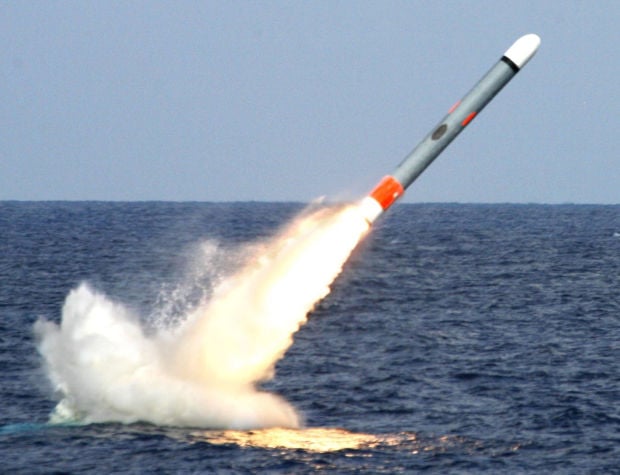Dutch Navy Drops Tomahawk Plans for Submarines—What’s Next?
In a surprising turn of events, the Netherlands has decided to abandon its plans to integrate Tomahawk cruise missiles into its submarine fleet. This decision, disclosed in the latest Defensie Projectenoverzicht (Defence Project Overview) annual report, marks a significant shift in the Royal Netherlands Navy’s (RNLN) approach to maritime deep-strike capabilities.
Background: The Initial Plan
The Dutch government had previously announced its intention to procure the Raytheon-built Tomahawk Block V missile through the US Foreign Military Sales (FMS) program. The plan included fitting the vertical launch RGM-109E Tomahawk missile to four De Zeven Provinciën-class air defense and command frigates, as well as integrating the torpedo tube-launched (TTL) variant of the UGM-109E Tomahawk on its Walrus-class submarines and future Orka-class boats.
Reasons Behind the Abandonment
The primary reasons for abandoning the Tomahawk integration in submarines were prohibitive costs and extended production timelines. The TTL Tomahawk Block IV variant had previously been delivered to both the US Navy and the UK Royal Navy, but production had ceased years ago. Restarting the production line would have required significant financial investment and long lead times, making the project economically unviable for the Netherlands.
Additionally, the Dutch Ministry of Defence (MoD) explored the possibility of a larger ‘batch buy’ with other governments to share the non-recurring engineering costs. However, failing to attract partners, the MoD concluded that the time and cost of its relatively small purchase would not be justified.
Alternative Deep-Strike Options
With the Tomahawk integration plan scrapped, the Dutch MoD is now exploring alternative deep-strike options for the Orka-class submarines, which are expected to enter service in the mid-2030s. While specific alternatives have not been disclosed, the Netherlands remains committed to enhancing its naval strike capabilities through other means.
Strategic Implications
This decision raises questions about the Netherlands’ future naval strategy and its ability to maintain a credible deterrence posture. The Tomahawk missile has long been regarded as a powerful tool for precision strikes, and its absence from Dutch submarines may necessitate a reevaluation of operational tactics and defense partnerships.
The Netherlands’ decision to abandon Tomahawk integration in submarines underscores the challenges of maintaining cutting-edge military capabilities amid financial and logistical constraints. As the country seeks alternative solutions, the global defense community will be watching closely to see how the Dutch Navy adapts to this strategic shift.






